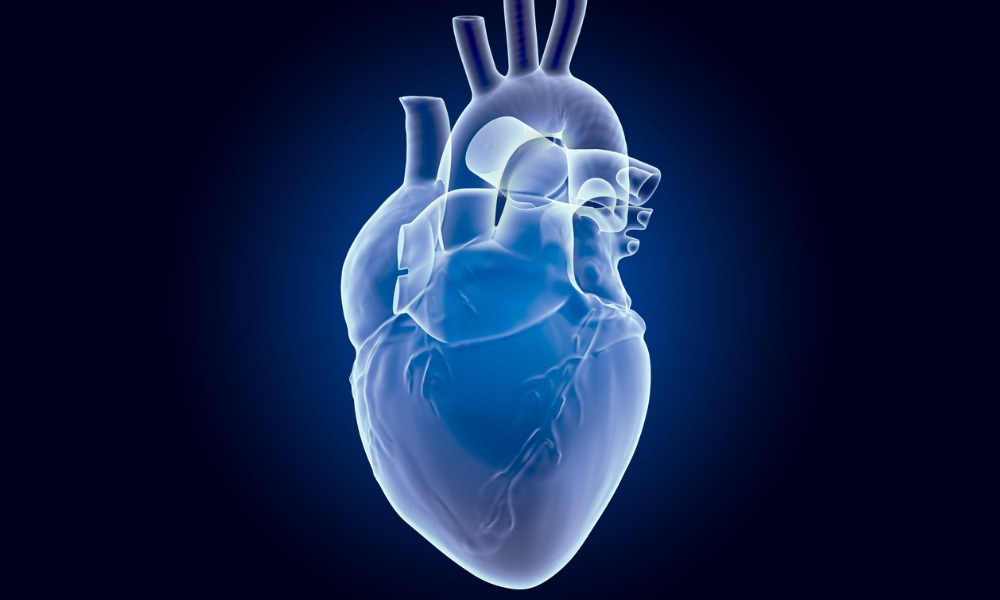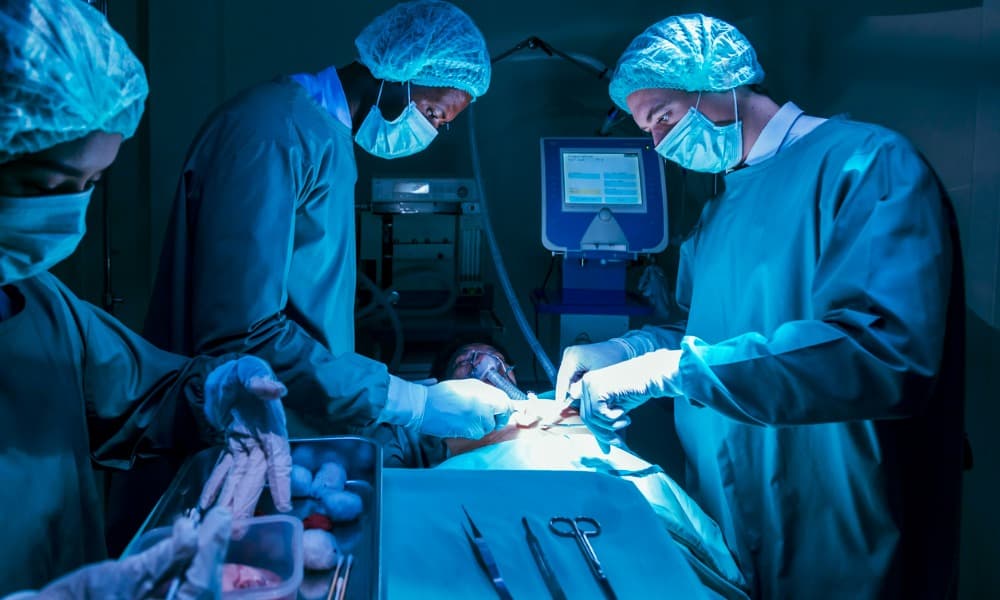Did you know that heart disease is the leading cause of death globally? About 4 in 5 deaths every year can be attributed to this condition. And it’s an equal opportunity killer, as it affects everybody, regardless of gender, race, or socioeconomic status. This is why it’s good to know that people are working diligently on fighting heart disease, and one way they’re doing it involves pigs.
Imagining a New Type of Heart
In 1998, molecular biologist Doris Taylor was involved in an experiment at Duke University in which cells were injected into a rabbit’s failed heart, which created a new heart muscle. Things didn’t work so well, however, with humans.
“We were putting cells into damaged or scarred regions of the heart and hoping that would overcome the existing damage,” Taylor said. “I started thinking: ‘What if we could get rid of that bad environment and rebuild the house?’”
Ten years later, as part of a team at the University of Minnesota, she washed the cells out of a rat’s heart and began working with the external structure that remained. Taylor then started using pig hearts because of how similar they are to human hearts.

The Ghost Heart Is Born
The team at the University of Minnesota took a pig’s heart and used baby shampoo to wash the cells out. What remained, says Taylor, “was an extracellular matrix, a transparent framework we called the ‘ghost heart.’ Then we infused blood vessel cells and let them grow on the matrix for a couple of weeks. That built a way to feed the cells we were going to add because we’d reestablished the blood vessels to the heart.”
The immature stem cells were then injected into different parts of this scaffold and were then stimulated electrically to make them stronger. At first, the cells in one area twitched, and the same happened in another area, but they stayed separate. But over time, they began connecting with one another, and in about a month, they started beating together as a heart.
That was only the beginning of creating a viable ghost heart, however. Now it needed to have blood pressure and be taught how to pump.
Explains Taylor: “We fill the heart chambers with artificial blood and let the heart cells squeeze against it. But we must help them with electrical pumps, or they will die.”
Plus, early on, everything had to be closely watched 24 hours a day, seven days a week.
“The heart has to eat every day, and until we built the pieces that made it possible to electronically monitor the hearts, someone had to do it in person – and it didn’t matter if it was Christmas or New Year’s Day or your birthday,” she said. “It’s taken extraordinary groups of people who have worked with me over the years to make this happen.”

The Health Ramifications Are Astounding
At a conference in July, along with a demonstration of the ghost heart, Taylor spelled out what it could mean for the future of healthcare.
“Now we can truly imagine building a personalized human heart, taking heart transplants from an emergency procedure where you’re so sick, to a planned procedure,” she said. “That reduces your risk by eliminating the need for (antirejection) drugs, by using your own cells to build that heart it reduces the cost…and you aren’t in the hospital as often so it improves your quality of life.”
The ghost heart could also help many people get a new heart much faster. Thousands of people are on a heart transplant waiting list every year, and several don’t live long enough to get one. And if they are able to get one, Taylor says, “many people get sick or otherwise lose their new heart within a decade. We can reduce cost, we can increase access, and we can decrease side effects. It’s a win-win-win.”
Taylor also envisions being proactive about heart disease. If someone has it in their family, for example, “we can plan ahead: Grow their cells to the numbers we need and freeze them, then when they are diagnosed with heart failure pull a scaffold off the shelf and build the heart within two months.”
“It’s the first shot at truly curing the number one killer of men, women, and children worldwide,” Taylor adds. And her goal is to make it available to anyone who may need it.
What do you think about the ghost heart? If the need arose, would you be interested in having one for yourself or a loved one? Let us know in the comment section below, and don’t forget to share this article with your friends.